Are you new in the underwater photography world? Or maybe you have a lot of experience taking underwater images? If you fit either of the above or fall somewhere in between, Curaçao is the place for you. Why? Here are my seven reasons:
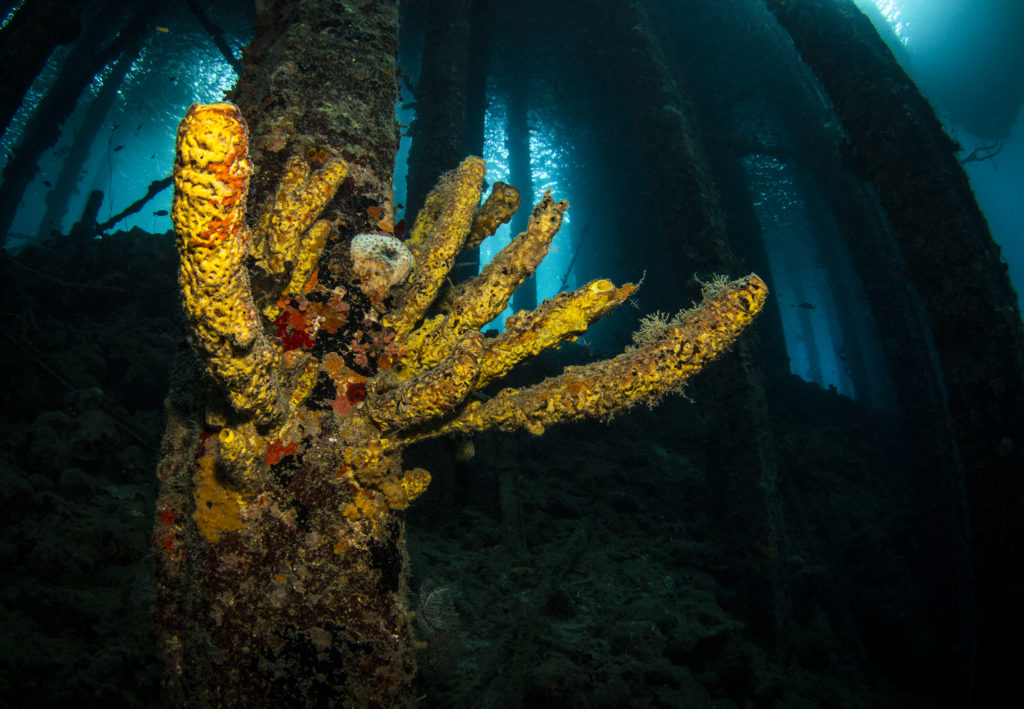
1. Wide or Macro? Curaçao has both.
Many people preparing for a dive trip have asked me which they should they take, a wide angle or a macro lens. You can always take both, although if you want to travel light you will have to choose between them. The choice is easy if you only own one or the other. Luckily, both options work perfectly on this amazing island. But if you must choose, the best lens for you will depend on what subject you prefer to shoot. For example, there are many tiny creatures around for beautiful macro images, like cleaner shrimp or sea horses. Alternatively, you can find great wrecks, like Superior Producer or Tugboat, perfect for wide angle images.
When I started taking picture the first lens I got was a Tokina f10-17 mm, so I only travel with this one. So in Curaçao I could really take advantage of it trying to get really nice landscapes with corals. I think is an amazing lenses to start taking underwater pictures.
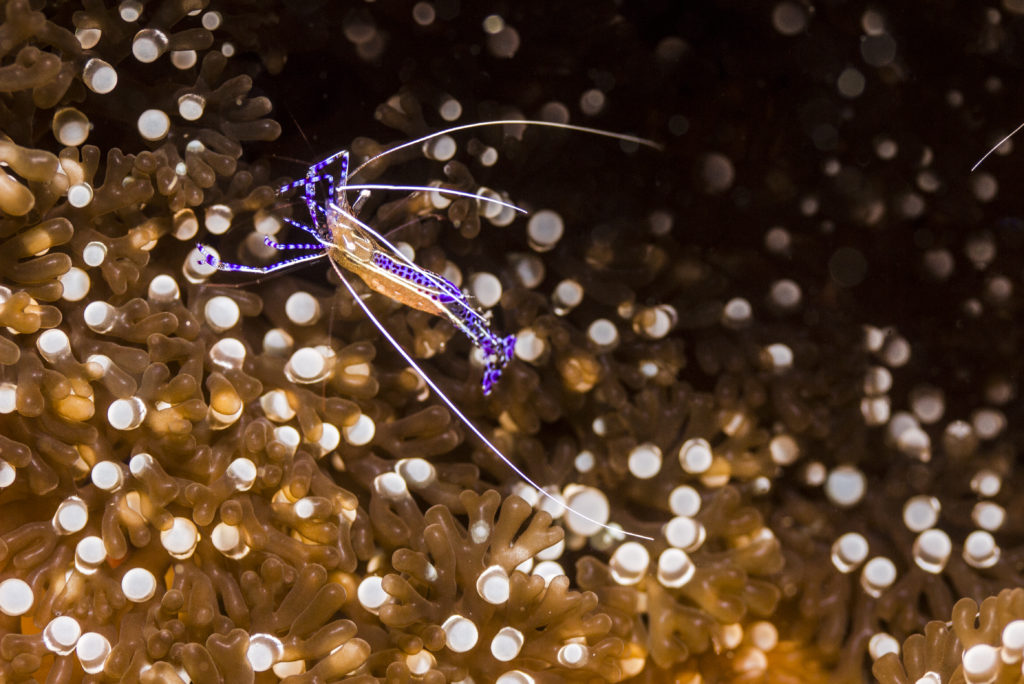
2. Diving at your own pace.
If you are traveling with a dive buddy, you have the option to just rent your gear and tanks and go for a dive. The opportunities to dive independently mean that you are not going to be rushed when you are taking that amazing picture of a tiny bandit shrimp. You can take all the time in the world!
Of course, it’s a different matter if you are traveling solo, but you can always ask for a one on one dive, or maybe look for a dive school with small guided dive ratios (there are a lot of those in the island).
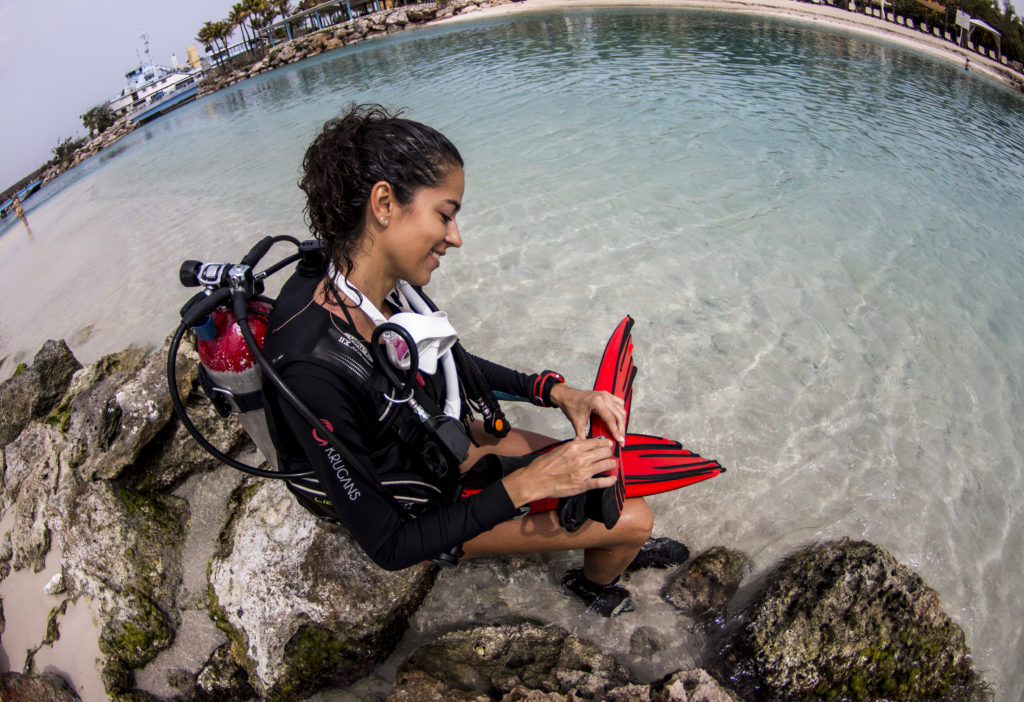
3. Amazing turtle paradise.
I think everybody loves turtles. I don’t know about you, but I have never met anyone that didn’t.
On the island, you have at least two good spots where you are always going to find turtles, so be prepared to take amazing pictures of them.
The first is “Playa Piskado”, which means fish in Papiamentu, the local language of the island. Here you can see many turtles in the shallow water, because the local fisherman are cleaning their catch, and the turtles are smart enough to be waiting nearby for their share. You can even spot three different kinds of them:, Hawksbill, Loggerhead, and Green turtles.
At the entrance of this beach you are going to be able to see posters in different languages explaining a little bit about the turtles made by the “Sea Turtle Conservation Curaçao”, and also you can check out the names of each turtle. This is pretty cool I think, so after you take your pictures, you can check which turtle you got a photo of.
The other spot to find them easily, is Klein Curaçao. “Klein” means small in Dutch. It gets this name because it’s the tiny island next to the big Curaçao island. It’s a place where a lot of turtles go to nest. And here you don´t even need to go diving for great pictures, you can just snorkel around with the turtles.

4. One of the best wrecks in the Caribbean.
Superior Producer is an amazing wreck that sits upright and is fully covered with sponges and corals. You often see it surrounded by tarpons and barracudas. It is a deep dive (30mt /100 ft), so you are only able to dive there if you are an advanced diver. The depth means you won´t have too much time to take pictures, but you will definitely enjoy it. It is about a 10 minute swim from shore. But be aware! If there is a cruise ship in port, you are not going to be able to go there, because this wreck lies just below the cruise ship pier.
Just be careful if it is a rough ocean day when you go, because the entrance can be pretty tricky. So with a camera it might be more difficult to get in. I have come out with a couple of bruises and some nice scratches after trying to go in and out. It can be a whole adventure.

5. Shore and Boat dive.
You can start your dive just by walking in the water, and the reef usually starts right away, maybe just a 5 minute swim and you are there.
Or you can choose to reach some dive sites a little bit further away, like East Point, with the most pristine coral reef in the island, or Klein Curaçao, which is a small island around a two hour boat ride off the main island.
The choice between shore and boat dives is up to you, but both are great!
I have to say, before coming to Curaçao I had only done one shore dive in my life. And know I Iove it! It is amazing all the new places you can find just at the corner of each beach and how easy is to just take a couple of tanks around the island and decide where your next dive is going to be. And the freedom that it gives you for planning your holidays. I am not really a morning person, and usually all dive schools start early in the morning with their dives, but in this way you can plan the best time for you!
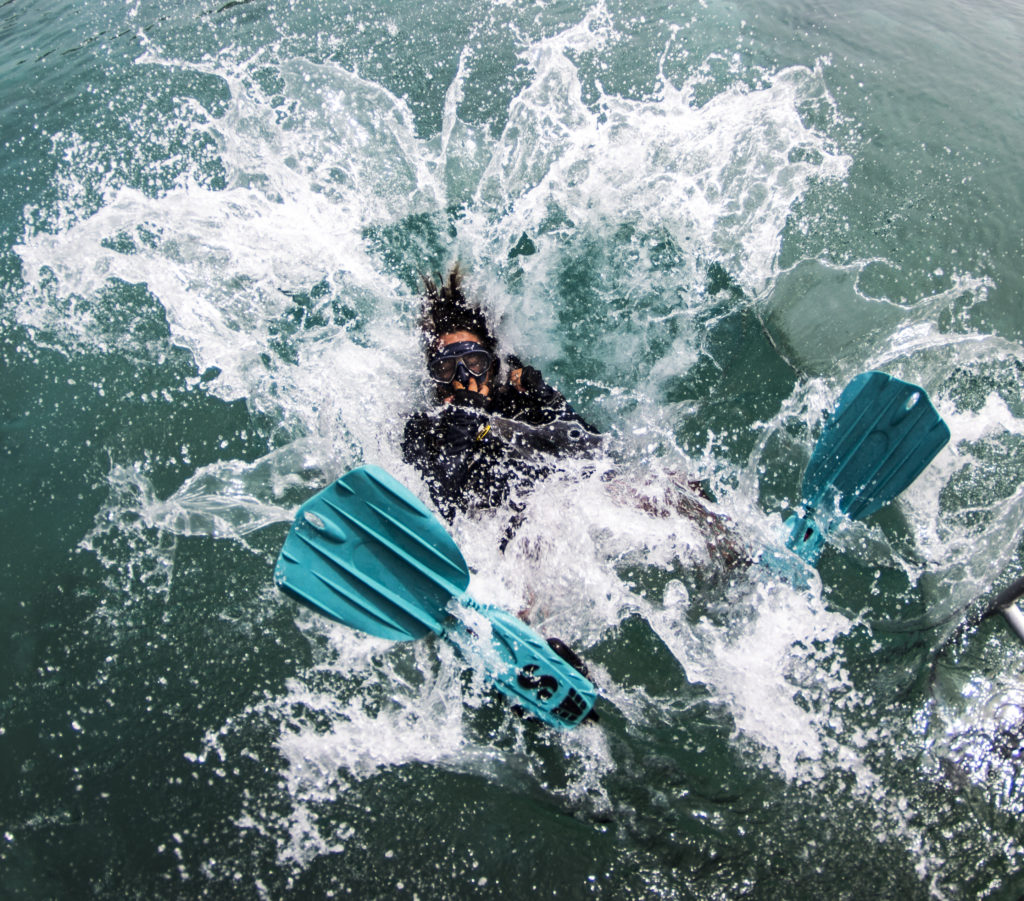
6. Flash? It’s up to you!
The coral reefs in Curaçao are really shallow, so you get really nice natural light that you can use in your favor. So you don´t have to be carrying big strobes or lights for your next trip. They won´t be necessary. You can still take great shots, without being strobe dependent.
As I told you before, I started only with one lens, and actually no strobe at all! I just took pictures in RAW so I could edit the light after. So I got quite a lot of experience working with the light that I had, and I think I could still make it work. So if you are like me, starting step by step into this underwater world of photography, you will be ok.
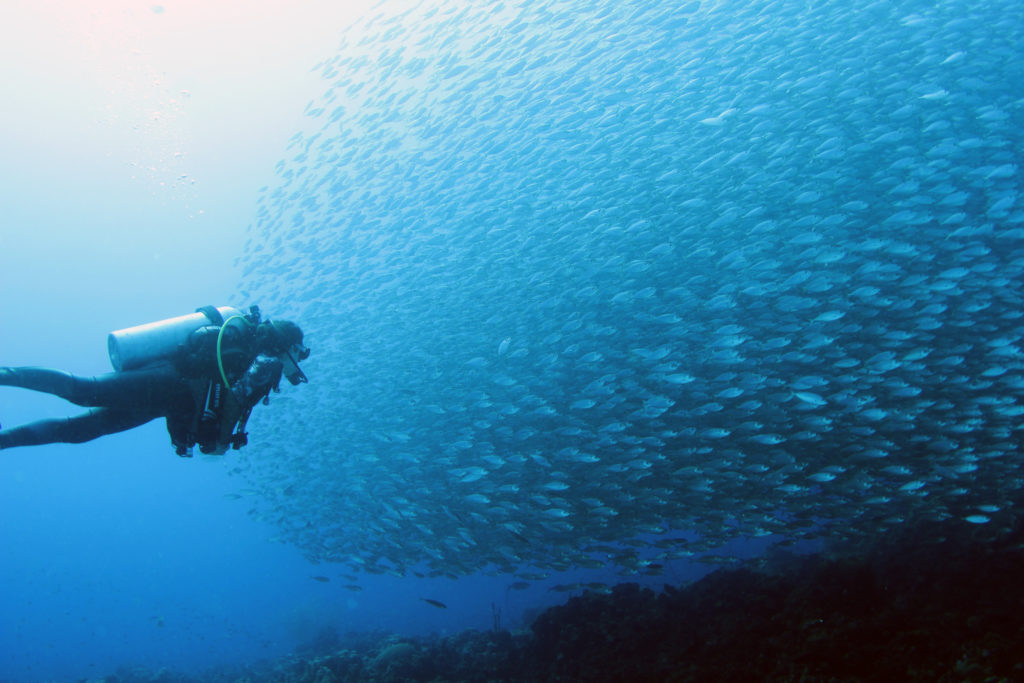
7. Dive year-round
The amazing part to end it all, is that in Curaçao, it’s always diving season! This is because it is not part of the hurricane ring of the Caribbean. So you can plan your trip far in advance and it will all go according to plan. Just take into account that the rainy season is between October and February, but a little rain shouldn’t really affect your dives. I actually really enjoy the rainy days to go diving, because if you are on an island I think the best thing to do is something under the water. There won´t be too much to do around here on a rainy day if you are not diving.
I usually always use a wetsuit. 3mm would be okor for people who run cold, like me, a 5mm in winter may help, but the water temperature changes between 25 and 29 Celsius usually. That is between 77 and 85 Fahrenheit. Of course when it is really warm you could just go with a rash guard and some shorts and you will be fine. So no need for extra things in your diving bag.
A surprise!, I give you number 8!
You can also enjoy taking pictures on land. If you go to downtown Otrabanda and Punda you will find a lot of street art that looks amazing through the lens. Also in Punda, you can find the typical colorful houses that are in every postcard of Curaçao. And the Queen Emma bridge that is a pontoon bridge or also known as a floating bridge, that connects Punda to Otrabanda, the two areas downtown. So if you are there when the alarm sounds letting you know the bridge will open to let a boat pass, don´t miss it out! Stay there and watch the whole the process.
You also have the option to meet an iguana or two, or see some pigs laying on the beach of Porto Mari, or maybe even flamingos. You never know what you are going to find!
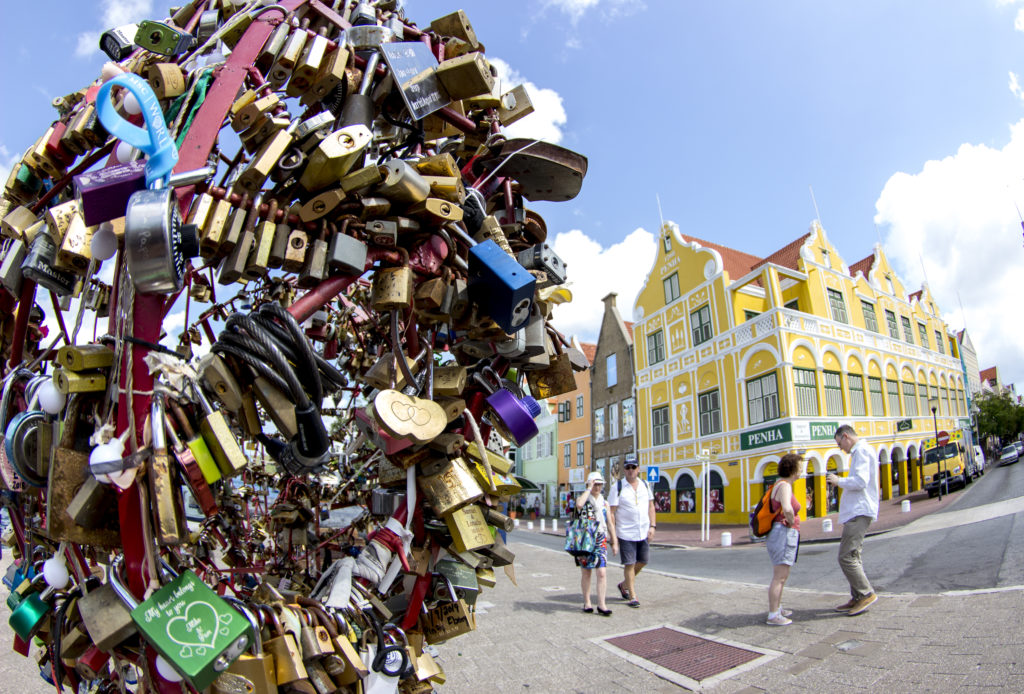
So, do you think Curaçao is the place for you?

